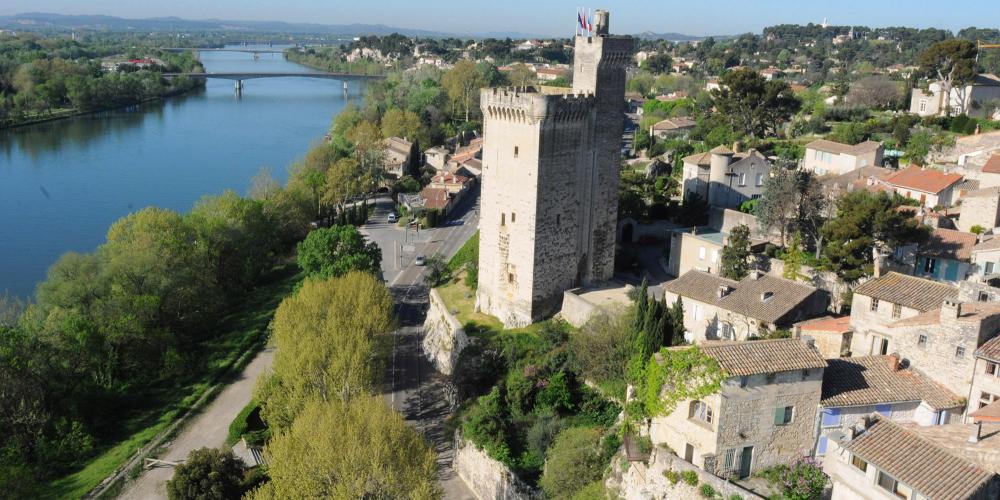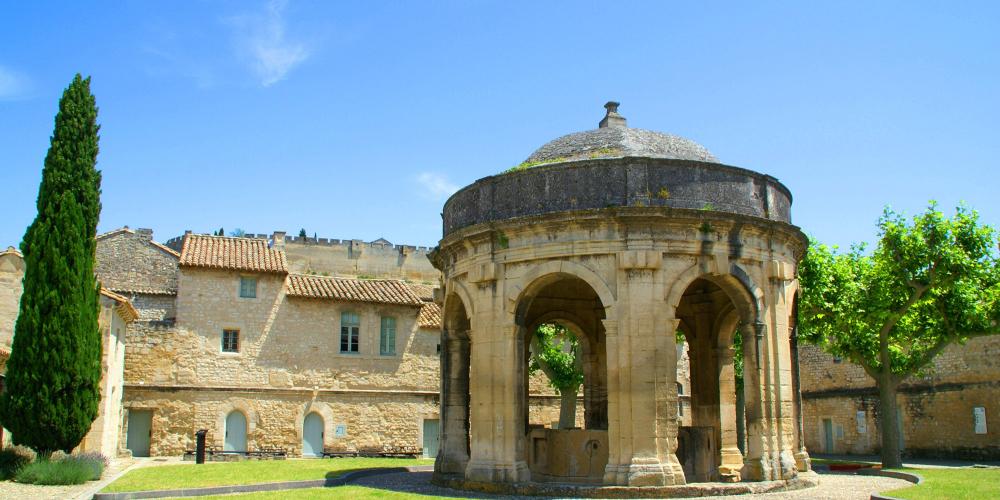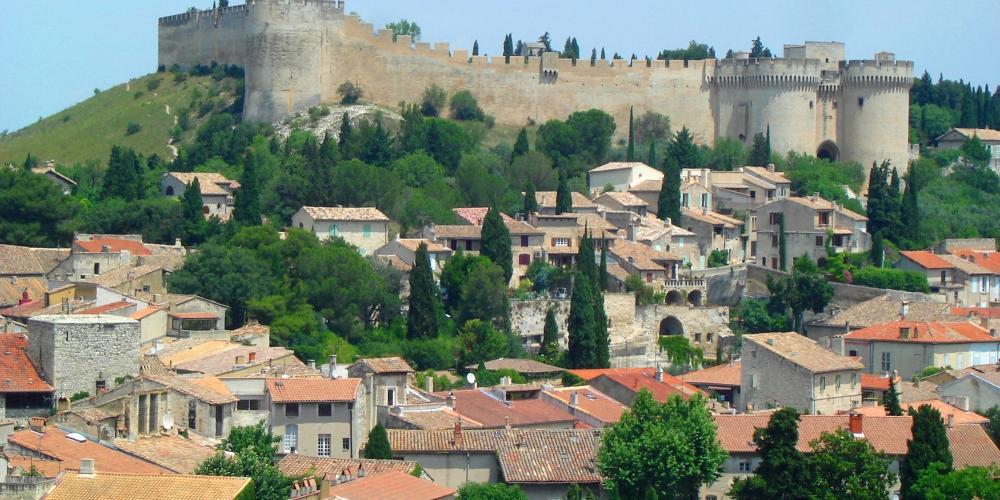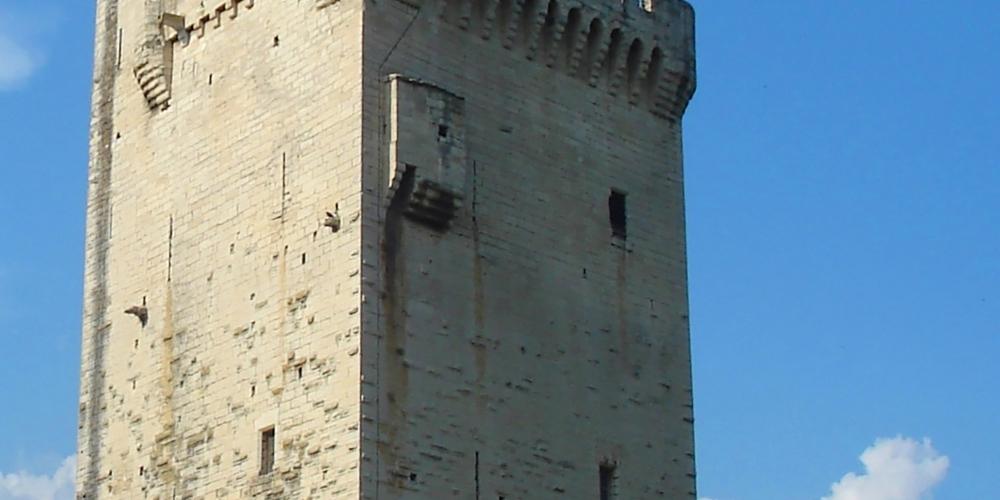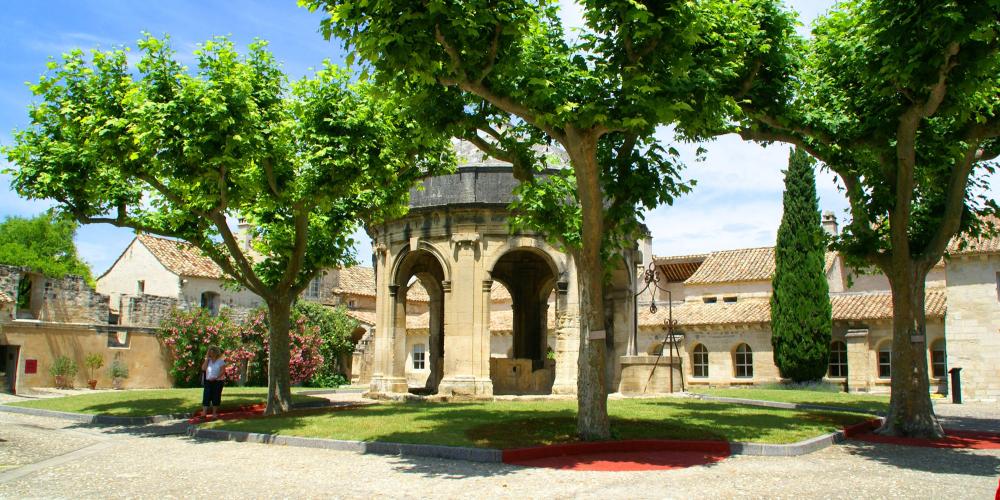The magnificent Villeneuve lez Avignon

A town with 6 remarkable monuments
With its 6 major monuments -- including Saint-André Fort, Philippe Le Bel Tower, Saint-André Abbey and its remarkable gardens, and the Val de Bénédiction Carthusian Monastery -- its dazzling artistic treasures, unspoilt setting between the hills and the Rhône river, Provençal atmosphere, and location, on the borders of the Languedoc, Villeneuve lez Avignon remains an exclusive place to live, much as it was in the time of the Popes.
**The cultural influence of religion **
For decades, violent clashes occurred between Protestants and Catholic in the Gard. Not far from Villeneuve lez Avignon, Philippe le Bel watched the Papal kingdom from across the Rhône. In 1292, he decided to make the village a key operational base for the Kingdom of France, building a fortress that controlled access to the Pont d'Avignon bridge: Philippe le Bel Tower. Then, during the time of the Avignon Papacy, the city became a vacation destination for the cardinals. In 1356, Pope Innocent VI founded the Val de Bénédiction charterhouse, the largest Carthusian monastery, featuring a church, three cloisters and forty cells for the monks. In the middle of the 17th century, this Carthusian monastery was the richest in France. Today, it houses the "centre national des écritures du théâtre" (national play writing centre) which, during the Avignon festival, emulates this performing arts event by presenting some of the works that have been written within its four walls.
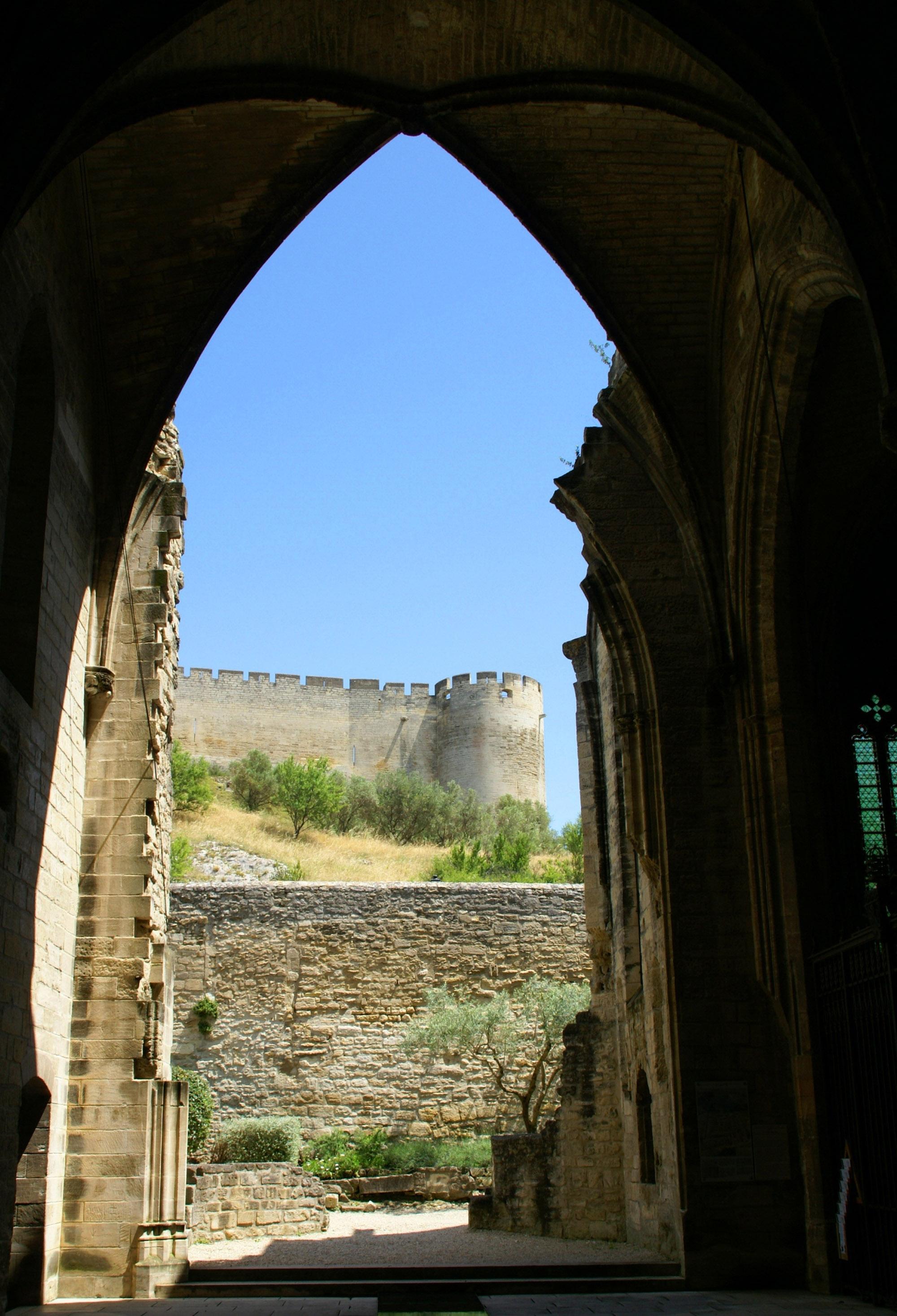
**Saint André garden, a designated "remarkable garden" **
Not far away, standing proudly, in the hills above the city, is Fort Saint André, a fortress built by the Kings of France during the 14th century to protect the Abbey and the town of Saint- André, the city's birthplace. Within the fortress is the garden of St André, a designated "jardin remarquable" (remarkable garden) with a royal, Benedictine Abbey founded in the 10th century, overlooking the Rhône and facing the Papal City. The Tuscan and Mediterranean-style terraced gardens spill out between the ruined remains of Roman churches and tombs from the early Middle Ages, revealing flowerbeds, planted with old rosebushes, copses, ponds and pergolas as well as one-hundred-year-old pine and olive trees. And, around the bend of a path lined with cypress trees, you'll find one of the most beautiful views of the Rhône and Palais des Papes (Papal Palace).
The magnificent Villeneuve lez Avignon
THE TOURIST OFFICE IS OPEN ALL YEAR ROUND FROM MONDAY TO SATURDAY FROM 9AM TO 12:30 & 2PM TO 6PM
**From November to February: **
Monday to Friday: 9:30 - 12:30 & 14:00 - 17:00
Saturday : 9:00-13:00 (till end of January)
**In July: **
Monday to Friday: 10:00 - 19:00
Saturday and Sunday 10:00 - 13:00 & 14:30 - 19:00
**In August: **
Every day: 9:00 - 12:30 & 14:00 - 18:00
Closed on Jan 1, May 1, Nov 1, Nov 11, Dec 25
